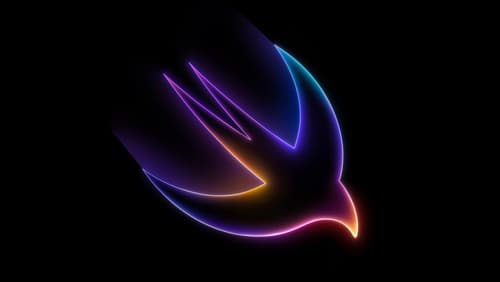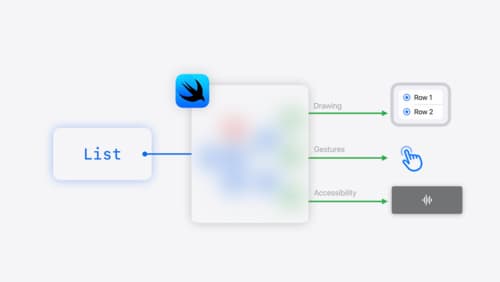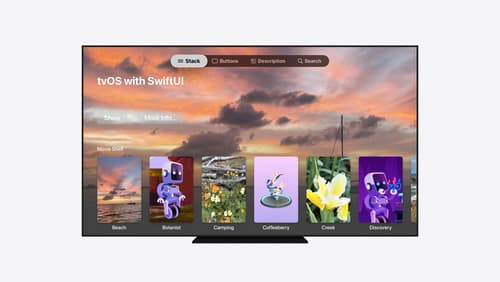what is the best way to start migrating my Mac app from swift to swiftui?
Asked on 2024-08-03
1 search
To start migrating your Mac app from Swift to SwiftUI, you can follow an incremental approach. Here are some steps and resources to help you get started:
-
Launch Xcode and Begin Incorporating SwiftUI:
- You can start by integrating SwiftUI into your existing app. This allows you to gradually adopt SwiftUI without needing to rewrite your entire app from scratch.
- SwiftUI essentials session suggests launching Xcode and beginning to create your first app or incorporating SwiftUI into an existing app.
-
Utilize SwiftUI's Built-in Capabilities:
- SwiftUI provides a wide range of components and platform idiomatic capabilities that help you focus on what makes your app unique with less code.
- The SwiftUI essentials session highlights how adaptive views and scenes provide an idiomatic look and feel on any Apple platform.
-
Incremental Adoption:
- You can adopt SwiftUI incrementally by integrating it with existing UIKit or AppKit views. This approach allows you to take advantage of SwiftUI's features without needing to convert your entire app at once.
- The SwiftUI essentials session emphasizes that there is no expectation that an app needs to be entirely SwiftUI to take advantage of it.
-
Explore New Features and APIs:
- SwiftUI continues to evolve with new features and APIs that can enhance your app. For example, new menu and animation APIs, system standard components like content type pickers, cursors, and text entry suggestions.
- The What’s new in AppKit session discusses these new features and how to integrate them seamlessly into your app.
-
Learn from Examples and Documentation:
- Follow along with SwiftUI tutorials and check out sample projects to see how SwiftUI can be used in different contexts.
- The Migrate your TVML app to SwiftUI session provides examples and suggestions for building cross-platform apps.
-
Leverage SwiftUI for Cross-Platform Development:
- SwiftUI enables code sharing across different Apple platforms, making it easier to bring your app to iOS, iPadOS, macOS, watchOS, and visionOS.
- The Platforms State of the Union session highlights how SwiftUI helps share more code across platforms.
By following these steps and utilizing the resources provided in the WWDC sessions, you can start migrating your Mac app from Swift to SwiftUI effectively.

Platforms State of the Union
Discover the newest advancements on Apple platforms.

SwiftUI essentials
Join us on a tour of SwiftUI, Apple’s declarative user interface framework. Learn essential concepts for building apps in SwiftUI, like views, state variables, and layout. Discover the breadth of APIs for building fully featured experiences and crafting unique custom components. Whether you’re brand new to SwiftUI or an experienced developer, you’ll learn how to take advantage of what SwiftUI has to offer when building great apps.

Migrate your TVML app to SwiftUI
SwiftUI helps you build great apps on all Apple platforms and is the preferred toolkit for bringing your content into the living room with tvOS 18. Learn how to use SwiftUI to create familiar layouts and controls from TVMLKit, and get tips and best practices.
